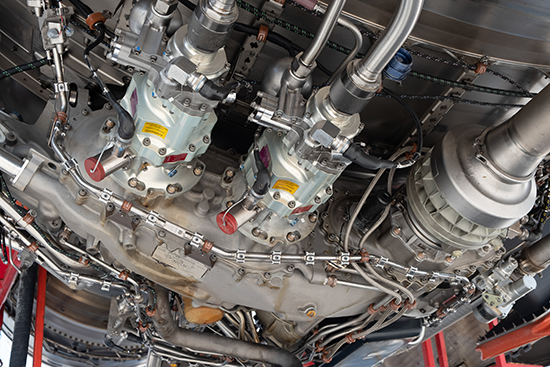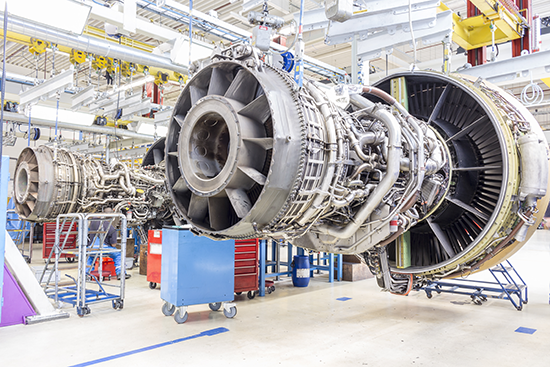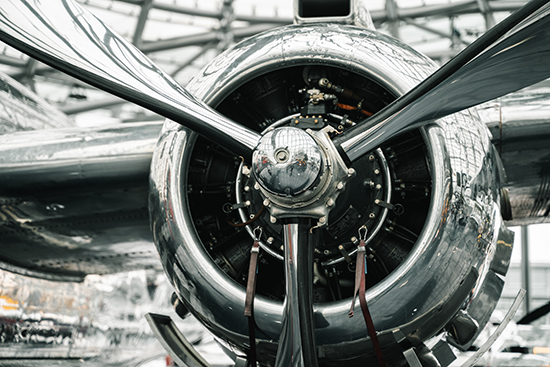Let’s take a deeper dive into exactly what a fixed wing aircraft is. Fixed wing aircraft are most often referred to as airplanes, or sometimes just “planes”. Every fixed wing aircraft has wings that use forward air speed to generate lift to keep the aircraft in the air. In modern day aviation, airplanes are capable of traveling across the globe with passengers and cargo. Historically, gliders were the first aircraft, which were unpowered aircraft which had to be pushed off of a building or hill to fly. Then in 1903, Orville Wright made history in Kitty Hawk, North Carolina, USA as the first man to successfully take off, pilot and land a motor-powered aircraft.
Most modern aircraft have have the same components in common. We’ll dive into each of these components and their sub-components and learn a little bit about them and why they are so crucial.





